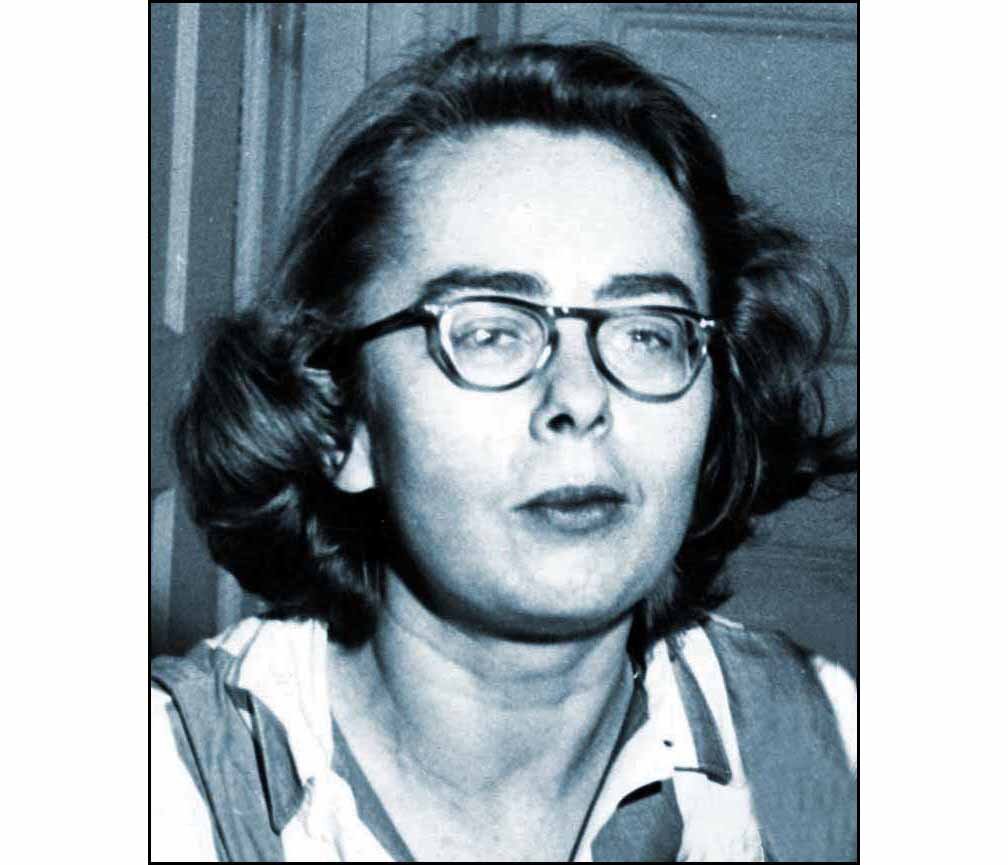Celebrating Even More Women Artists #SouthOfUnionSquare
This is the latest installation of “South of Union Square, the Birthplace of American Modernism,” a series that explores how the area south of Union Square shaped some of the most influential American artists of the 20th century.
Village Preservation’s proposed South of Union Square historic district attracted painters, writers, publishers, and radical social organizations throughout the late 19th and 20th centuries. The neighborhood birthed a namesake social realist art movement — the Fourteenth Street School — and later hosted a number of influential artists and movements like the New York School, the Ninth Street Five, and “The Club.” Many of these art movements were shaped by the work and ideas of female artists.
Last year, we shared some of the many notable female artists who were instrumental in shifting the center of the global art world to this neighborhood in the mid-20th century. As we proceed with our research illuminating the numerous layers of cultural history south of Union Square, we continue to discover even more artists who lived, worked, and created in the area. Here is a roundup of additional female visual artists who have left their indelible mark:
Virginia Admiral
Toward the end of 1940, twenty-five-year-old artist Virginia Admiral (1915-2000) moved into a loft apartment that she rented for $30 a month, overlooking Union Square at 30 East 14th Street, where she lived and painted for the next three years.

Admiral was a young, talented woman hoping to hone her craft at the Hans Hofmann School of Fine Arts, just blocks away from her home. She lived there first with friends and eventually with her new husband and fellow artist Robert De Niro, Sr. (and perhaps, for a short time, with their infant, the movie actor Robert De Niro, Jr., who was born their final year at this address).
A painter, poet, and activist, Admiral was one among an almost-unrivaled list of artists who called 30 East 14th Street home in the 20th century.

Selma Hortense Burke
Selma Hortense Burke (1900-1995), lauded as “one of the most notable sculptors of the twentieth century” by the National Women’s History Museum, was a celebrated artist, educator, and self-described “people’s sculptor.”

While her studio was at 88 East 10th Street in the late 1940s, Burke completed “The Four Freedoms,” a 2 ½-by-3 ½-foot relief plaque commemorating President Franklin Delano Roosevelt, which was used as a model for his image on the U.S. dime coin.

Hilde Kayn
Hilde Kayn (1903-1950) lived at 33-45 East 9th Street from 1944-1946, toward the end of her too-short life. Born in Vienna, Austria, Kayn came to New York to study at the Arts Student League, and her landscape paintings are now part of the permanent collections of the Butler Art Institute, the Toledo Museum of Art, the National Academy of Design, the Frick collection, and other museums and private collections.

Rosemarie Beck
Abstract expressionist painter Rosemarie Beck and her husband, Robert Phelps, who was a writer and editor of works by Colette and Jean Cocteau, lived at 6 East 12th Street in the 1960s.

Beck’s early work fell within the realm of abstract expressionism, but she soon pivoted to figurative painting. According to art critic Martica Sawin, Beck became “one of the few painters of our time to treat grand themes in ambitious multi-figure compositions while satisfying a need both for abstract structure and for an execution that embodies energy without being gratuitous.”
Jo Baer
Josephine Gail Baer (b. 1929) is an American painter best known for her minimalist works. In the late 1950s, she started out exploring themes of abstract expressionism, influenced by members of the New York School, but by 1960 had already shifted her focus to stark minimalism. While based at 53 East 10th Street from 1967 to 1969, she began exhibiting her work at contemporary art galleries throughout New York City, including the Fischbauch Gallery on Madison Avenue. She moved to Amsterdam in 1984, where she continues to live to this day, but some of her formative years as an artist were spent in Greenwich Village, and particularly the area south of Union Square.

Jane Freilicher
For nearly four decades beginning in 1965, Jane Frielicher (1924-2014) resided at 49-51 Fifth Avenue.

The Brooklyn-born artist was a member of the New York School, though her painting style evolved long after her early abstract expressionist days. Friedlicher became known as a celebrated painter of landscapes, many from the perspective of her Long Island studio and her lower Fifth Avenue apartment. The New York Times critic Michael Kimmelman has called her work, “the essence of serious painting, deceptively modest, steadfast and fluent.”

Despite the incredible history that defines the area, the buildings south of Union Square have yet to receive landmark status, and continue to be endangered by encroaching developments. To help Village Preservation pursue landmark status for the area, send letters to city officials here.
To learn more about the artistic history of this neighborhood, be sure to explore our Artists Virtual Tour South of Union Square.
